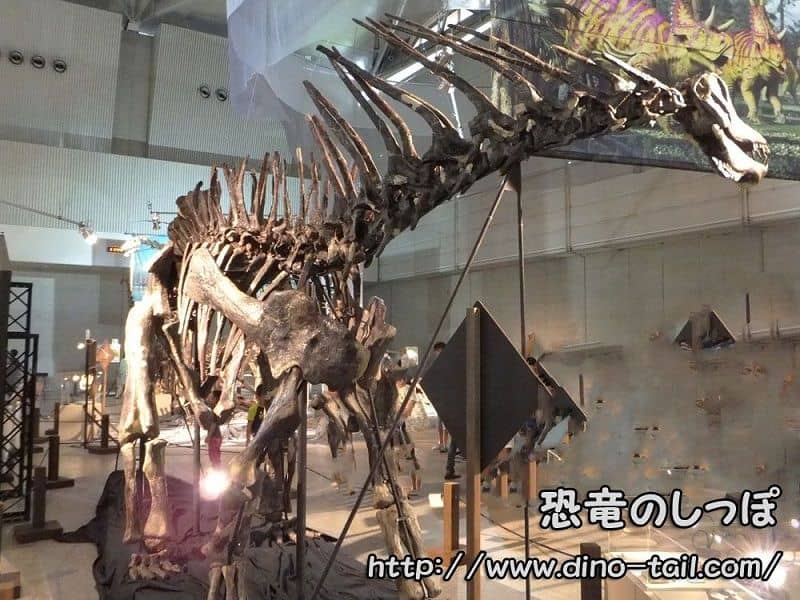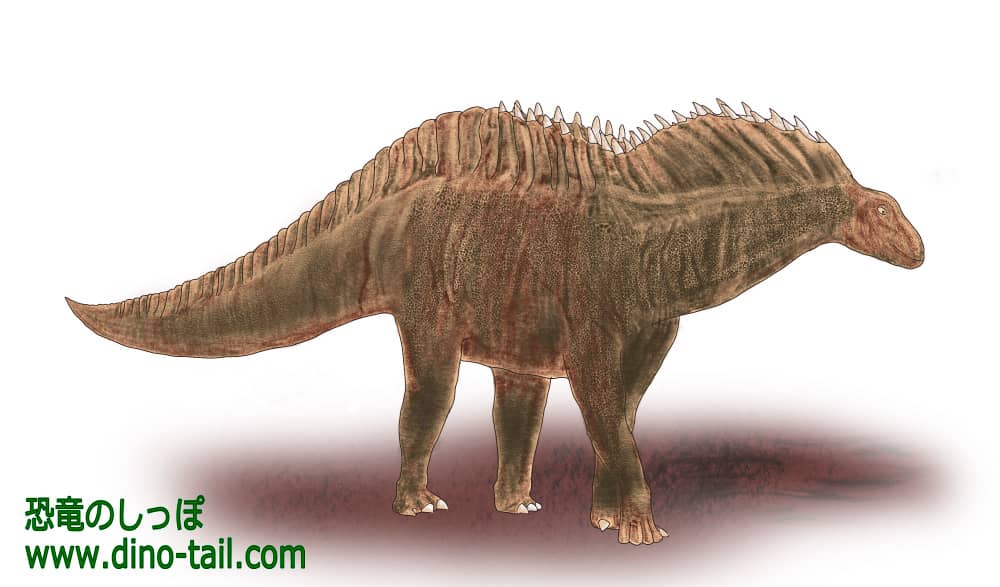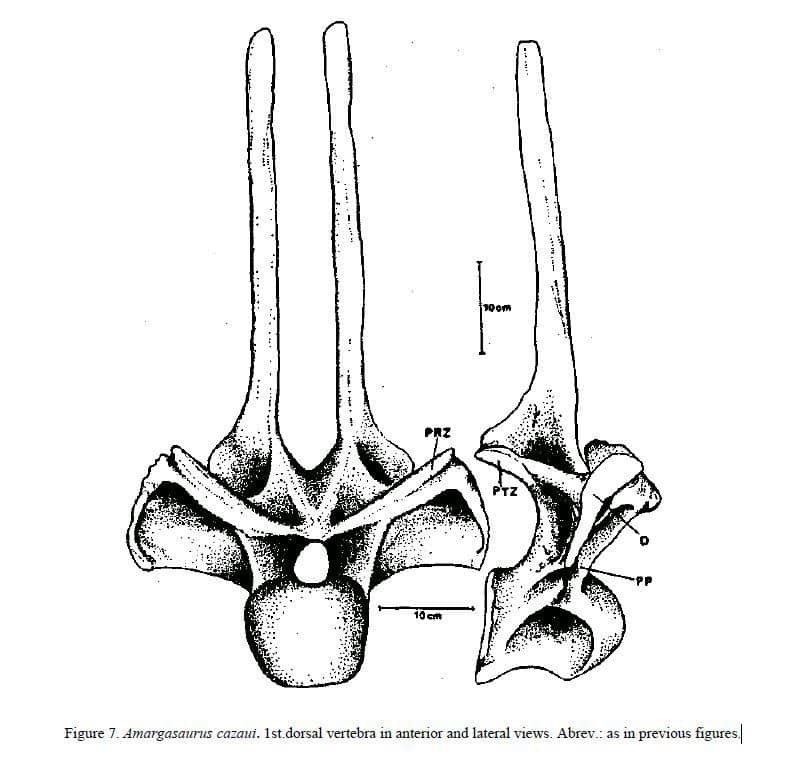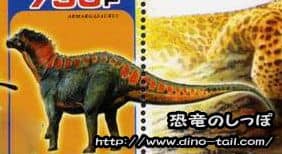About Amargasaurus
| Scientific Name (Genus) | Amargasaurus |
| Meaning of Name |
La Amarga Canyon lizard
La Amarga Formation [place name] - sauros (lizard) [Greek] |
| Classification | Saurischia, Sauropodomorpha, Dicraeosauridae |
| Total Length | Approx. 12m |
| Diet | Herbivorous |
| Period | Early Cretaceous (approx. 130-120 million years ago) |
| Species Name | Amargasaurus cazaui |
| Year of Paper Publication | 1991 |
| Genus Name Publication | Salgado, L.; Bonaparte, J. F. (1991). Un nuevo sauropodo Dicraeosauridae, Amargasaurus cazaui gen. et sp. nov., de la Provincia del Neuquén, Argentina. |
The Mystery of the Neck Spines

The most distinctive feature of Amargasaurus is the two rows of long, sharp neural spines running along its neck and back. The spines on its neck, in particular, reached over 60 cm in length, creating a bizarre appearance unlike any other sauropod. The function of these spines is still a subject of much debate.
Main Hypotheses on the Function of the Spines
- Defense: The spines acted as a physical barrier or weapon to prevent carnivorous dinosaurs from biting its neck.
- Display: The long, showy spines were used as a 'decoration' for species recognition or to attract mates.
- Sail: It was once thought that a membrane of skin stretched between the spines, forming a sail used for thermoregulation or display. However, the circular cross-section of the spines suggests they were more likely independent structures.
- Acoustic: A unique theory suggests that the spines could have been used for communication by clashing them together or flexing them to produce sound.
Ecology and a Surprising Relative

Amargasaurus was relatively small for a sauropod, with a shorter neck. Therefore, it is thought to have been a 'low browser,' feeding mainly on plants close to the ground, such as ferns, rather than the high leaves eaten by dinosaurs like Brachiosaurus. The La Amarga Formation in Argentina, where the fossil was found, is presumed to have been a floodplain with braided rivers and lush vegetation at the time.
The Dicraeosauridae family, to which Amargasaurus belongs, is known for its strange spines. A recently discovered relative from the same region in Argentina, Bajadasaurus, had even longer, sharply forward-curving spines that were more formidable than those of Amargasaurus. This discovery illustrates the unique evolutionary paths the dicraeosaurid dinosaurs took to survive.
In 2014, a CT scan of the skull was used to create a 3D model of the braincase and inner ear. The inner ear was found to be 30mm high and 22mm wide, suggesting that Amargasaurus had poorer hearing compared to other sauropodomorphs.
Amargasaurus Fossil & Stamp Gallery

Source: Salgado, L.; Bonaparte, J. F. (1991)

